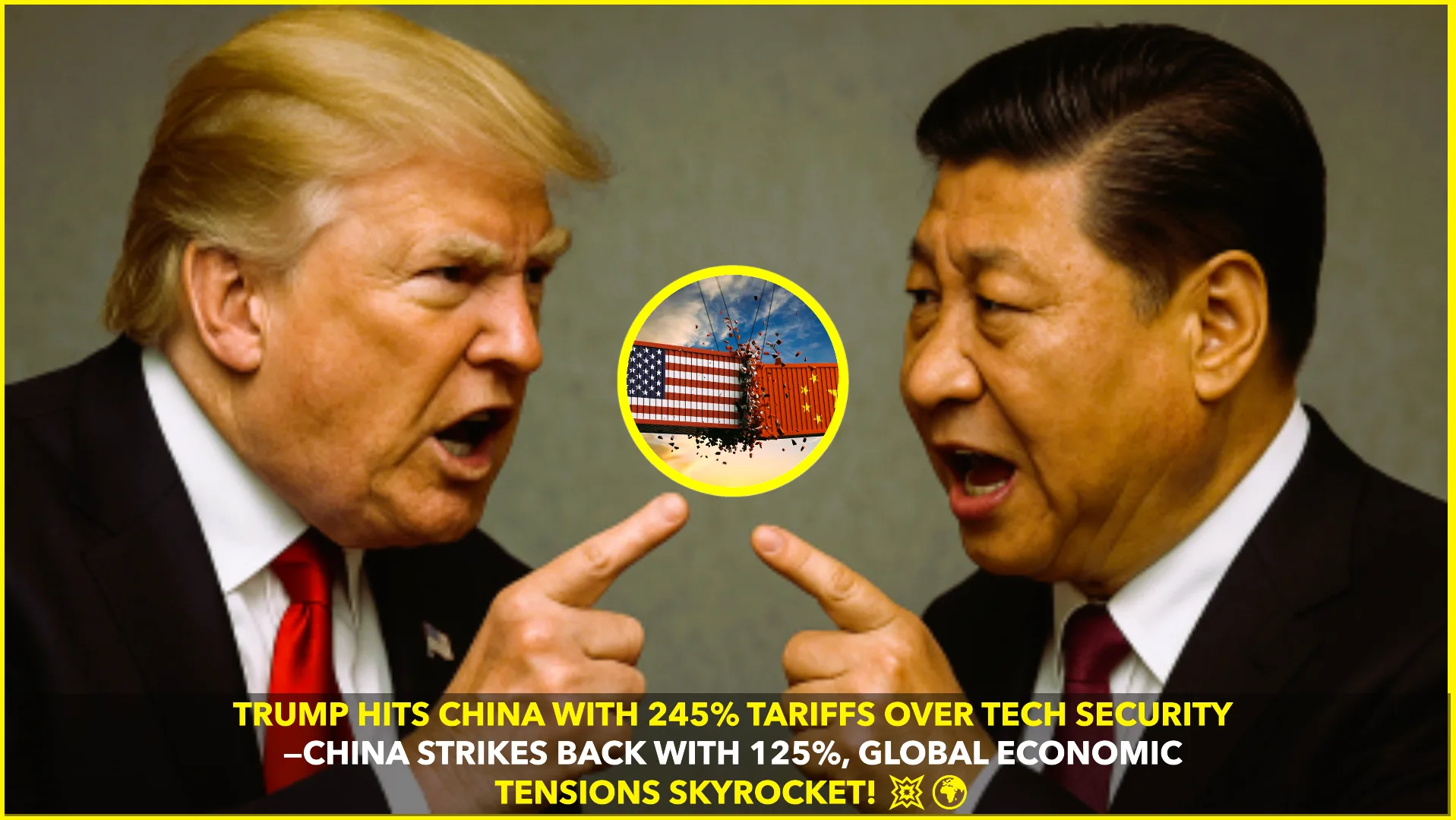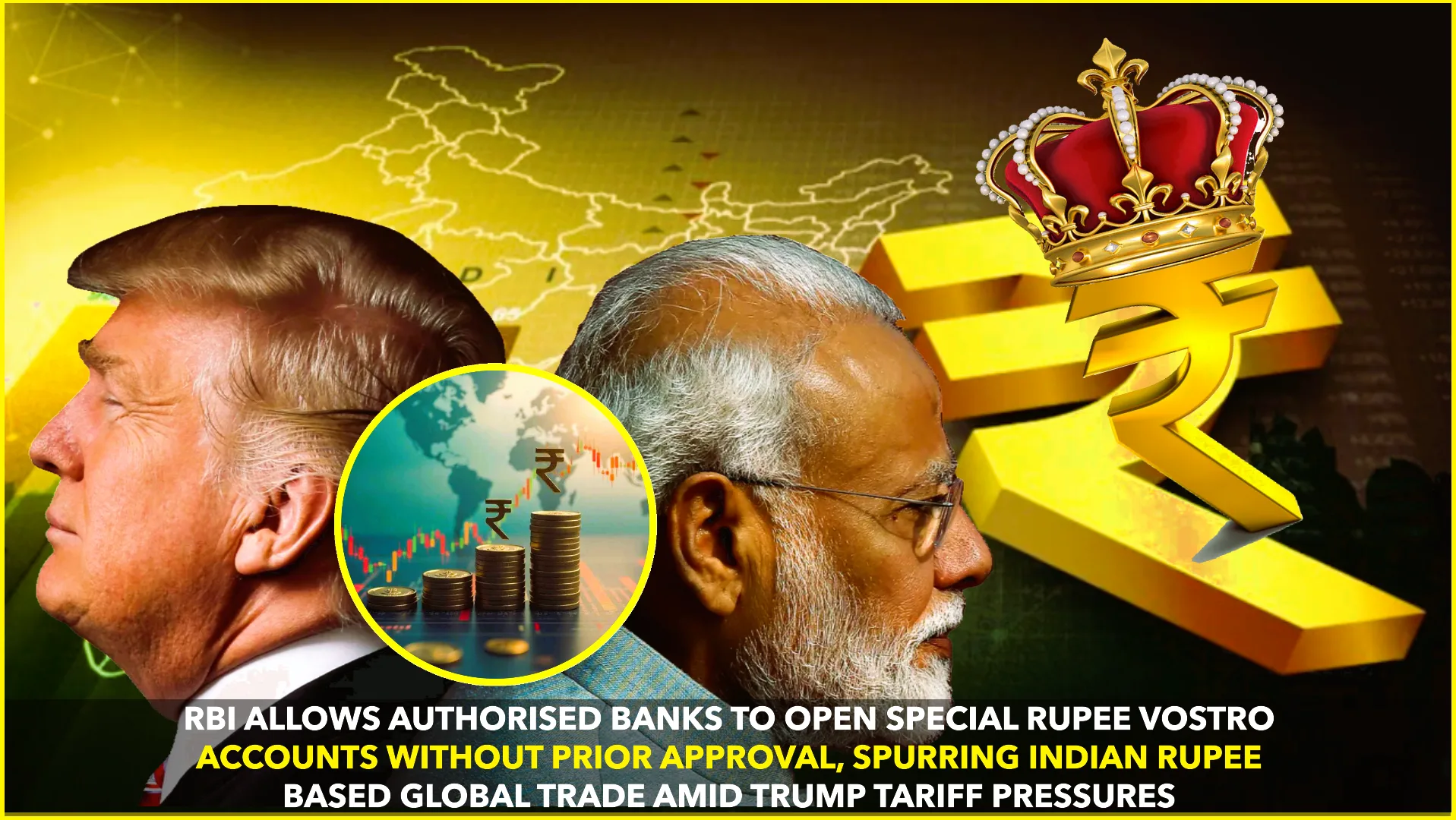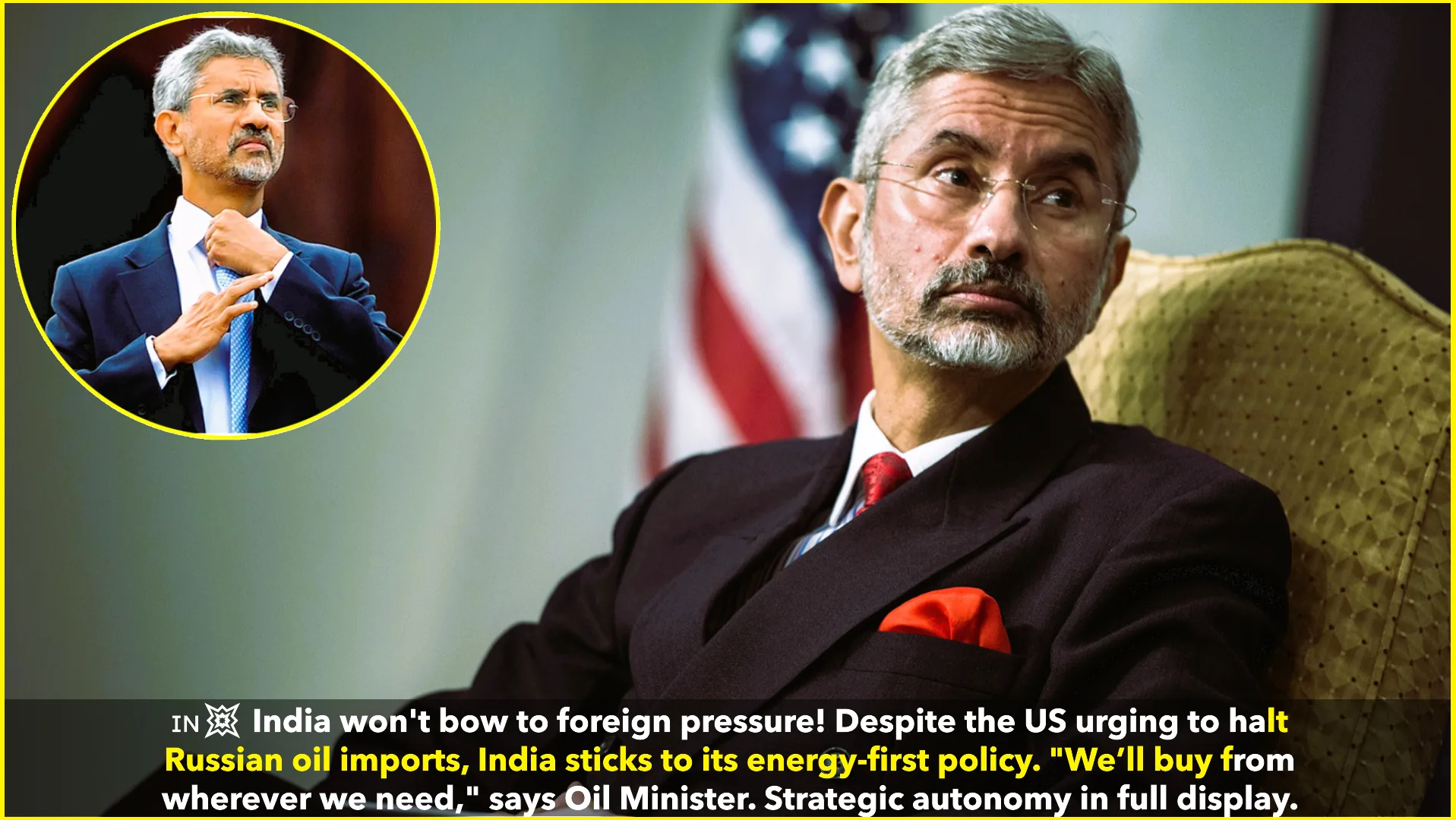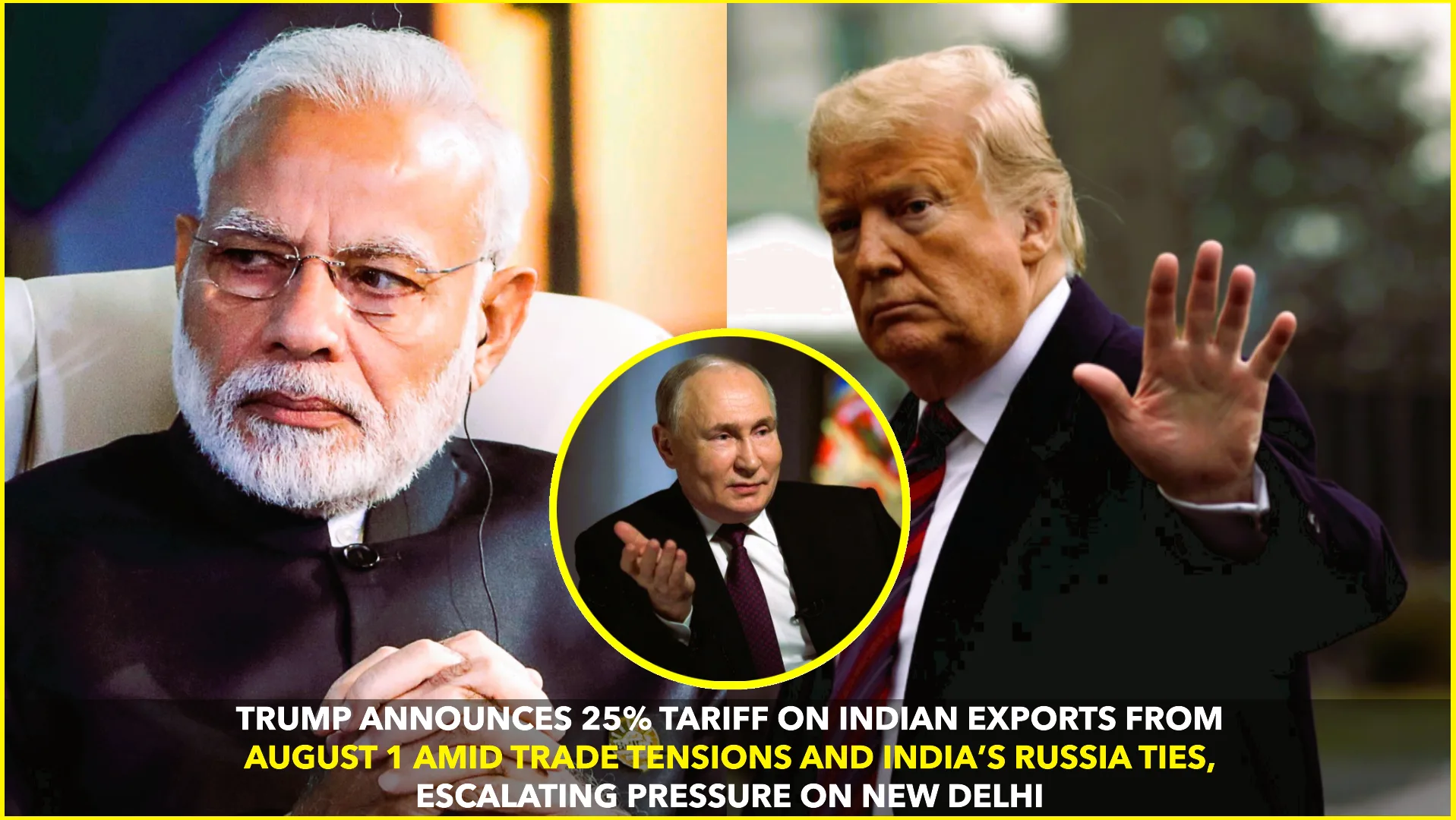By EpicInfinite News Desk | April 16, 2025
In a dramatic escalation of the U.S.-China trade war, former President Donald Trump, who is once again a major political force ahead of the 2024 elections, has announced sweeping tariffs of up to 245% on select Chinese imports. The decision comes amid renewed concerns over China’s export restrictions on critical high-tech materials that are vital for industries such as semiconductors, aerospace, and defense.
According to a press briefing released by Trump’s campaign and reported by Reuters, the tariffs target a wide range of goods, including electronics, advanced machinery, and components used in sensitive technologies. Trump defended the move as a necessary step to “protect America’s national security and rebuild domestic manufacturing,” emphasizing that the U.S. cannot remain dependent on a geopolitical rival for critical materials.
“China has weaponized its control over key minerals and technologies. We won’t let them dictate the future of our industries or our defense systems,” Trump said during a rally in Michigan.
U.S. Response to China’s Tech Material Curbs
The tariffs are a direct response to China’s tightening grip on the global supply of rare earth elements and other high-tech materials—resources that are vital for producing smartphones, electric vehicles, and defense equipment. China, which controls over 60% of the world’s supply of rare earths, imposed new export controls earlier this year, citing its own security interests.
The Trump team argues that these measures represent an economic and strategic threat to U.S. sovereignty. The new tariff package is designed to incentivize American companies to diversify supply chains and increase domestic production of critical resources.
Economists warn, however, that the move could lead to price hikes for consumer electronics and industrial goods, pushing the costs onto U.S. businesses and consumers. According to an analysis by the Peterson Institute for International Economics, similar tariff increases during Trump’s previous term cost American households an average of $800 annually.
China Retaliates Swiftly
China responded within hours, announcing that it will raise tariffs on over 1,200 U.S. products by up to 125%. Items impacted include agricultural goods, cars, and technology components—many of which are key exports for American farmers and manufacturers.
A spokesperson from China’s Ministry of Commerce stated via Xinhua News Agency, “The United States has once again taken an unreasonable and provocative action. China will safeguard its legitimate interests and uphold multilateral trade rules.”
This latest tit-for-tat raises fears of a prolonged trade standoff that could disrupt global markets. Experts say the intensifying economic conflict could weigh heavily on global supply chains already reeling from post-pandemic disruptions and geopolitical instability.
Economic and Political Fallout
With both nations hardening their positions, analysts believe the repercussions will be felt far beyond Washington and Beijing. U.S. manufacturing sectors that rely on Chinese components could see production slowdowns and increased costs, while consumers may face inflationary pressures.
Additionally, the tariffs come at a time when the global economy is grappling with instability due to interest rate hikes and sluggish growth in major economies. “This escalation could not come at a worse time,” said Dr. Megan Li, an international trade analyst at the Brookings Institution. “Instead of stabilizing trade flows, we are seeing a return to economic nationalism that may harm both economies in the long run.”
As the 2024 U.S. election approaches, trade with China is becoming a central campaign issue. Trump’s latest move may appeal to voters concerned about China’s global rise, but the economic consequences remain uncertain.










